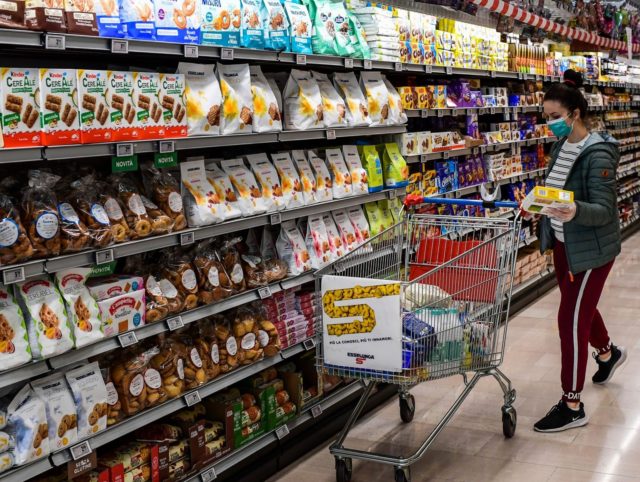Italian inflation rose to 6.7 per cent in March as the Russian invasion of Ukraine led to a surge in energy prices, marking the highest inflation the country has seen since July of 1991.
Italy’s statistical agency Istat released the new inflation figures this week, which show a 6.7 per cent increase in inflation, led by a 6.9 per cent rise in the price of energy goods, which has increased by 52.9 per cent compared to last year.
Other items in Italy’s Consumer Price Index (CPI) have also increased in price, with food, home, and personal care goods increasing by 5 per cent in March as well, Italian newspaper Il Giornale reports.
Italy’s Prime Minister Mario Draghi, a former European Central Bank technocrat, has stated that his government will address the rising costs of goods, adjusting the Italian budget if the inflation trend is temporary and looking to make structural changes if the trend continues in the longer term.
In an effort to help Italians with rising fuel costs, the government recently enacted a decree to reduce the price of petrol by 25 euro cents per litre — similar to a move that was also made by the Spanish government this week.
Some have speculated that Italy may be forced to ration gas supplies, however, as the country imports around half of its natural gas from Russia and natural gas accounts for around half of the country’s total energy needs.
By subscribing, you agree to our terms of use & privacy policy. You will receive email marketing messages from Breitbart News Network to the email you provide. You may unsubscribe at any time.
While inflation is on the rise, the Italian labour market has seen an increase in its employment rate to a new record 59.6 per cent. More people are employed in the country now than before the start of the Wuhan virus pandemic.
Ignazio Visco, Governor of Bankitalia, has warned that the ongoing Russian invasion of Ukraine could have severe economic repercussions, saying: “The Russian invasion of Ukraine is destined to produce deep social and economic wounds,” and added, “it could have heavy repercussions on energy supply, inflation, domestic demand and international trade.”

COMMENTS
Please let us know if you're having issues with commenting.